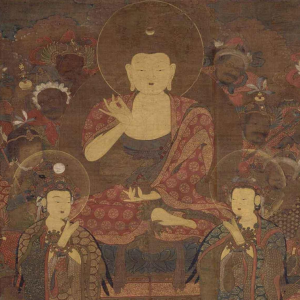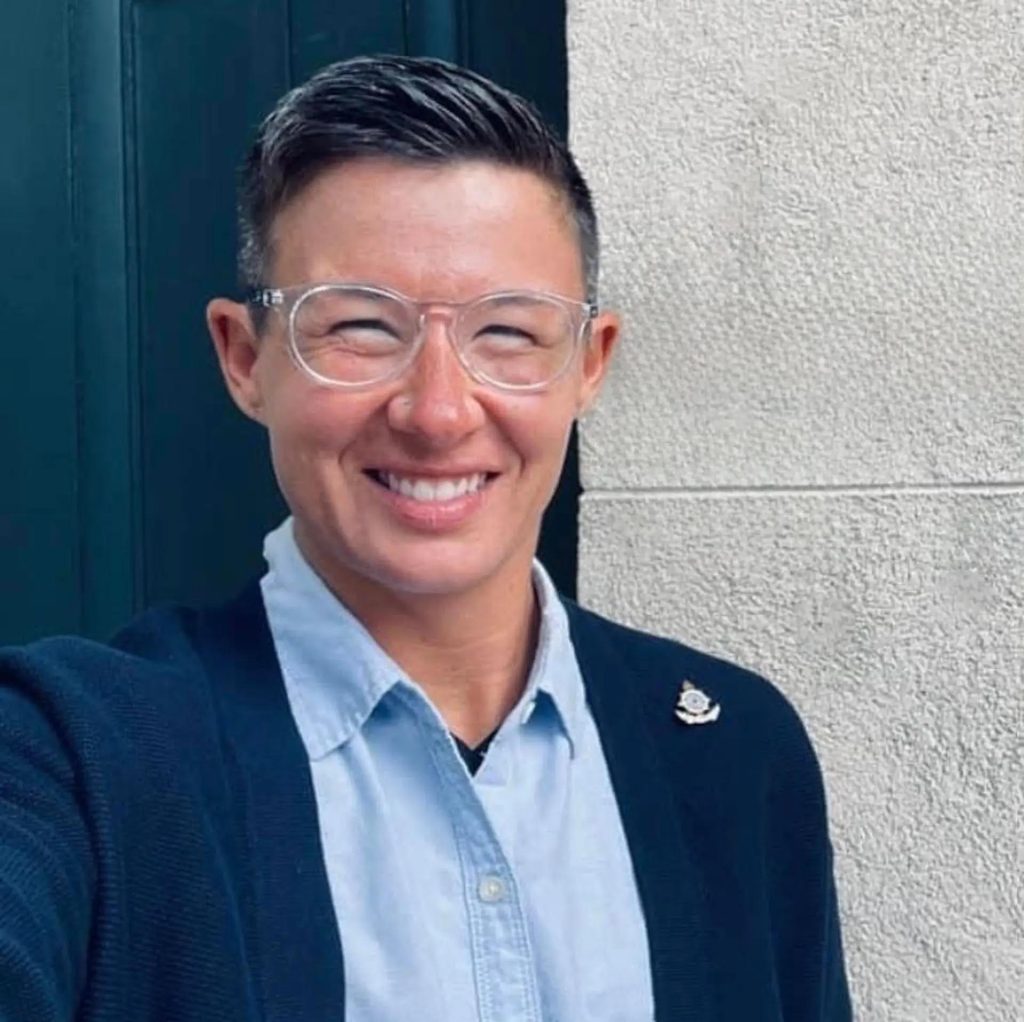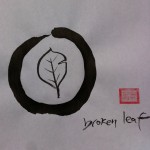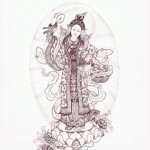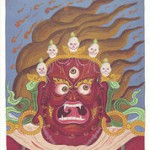Thursday
Dying & Death Classes on Shambhala Online
By Alley Smith

Death is the greatest of all teachers. –The Buddha
Shambhala Online has been offering a variety of courses on topics related to dying and death. These topics enable the sangha and outside community members to gather and think about death, engage in contemplative practices, and toil with topics such as fear, anxiety, the unknown, and how to have conversations about death.
The Shambhala community is gathering with purpose: to understand the dying process, to recognize and articulate the role of spiritual, religious and existential support, practices, and cultural norms within the modern Buddhist context. The result is tremendous openness and courage to face the inevitable and unknown in a gentle and relaxed way.
As Chögyam Trungpa Rinpoche says, Life is painful with an occasional speck of pleasure. We are born, we get old, we experience sickness, and, last but not least, we die. We are each waiting to die. I’m afraid that is the bad news. Whether you are young or old doesn’t make much difference – everybody will eventually die. So now is the time to do something with your life. We are not interested in developing eternity or immortality, or in preventing being sick or being born. We are interested in doing something while we are alive, while we are breathing, while we see the beauty of the snow, the flowers, the blue sky, the sunshine and many other things we can imagine.
While we are alive we can explore our personal belief systems about dying and death, our struggles, vulnerabilities, strong emotions, personal values, needs, and much more. Death has so much to teach us. Even as the Buddha was dying, he taught that suffering (dukkha) comes from not living in accordance with the truth of impermanence and interdependence. Death itself is a profound spiritual transmission.
Students have been gathering across the global community at Shambhala centers in Seattle, Dallas, Halifax, Los Angeles, and Philadelphia to offer support and practice advice. Communities are interested and invested in doing something while they are alive, while breathing, to be embraced by the sangha, to be met with unconditional kindness and the warmth of the Great Eastern Sun.
In the end, everything is left up to the individual. Therefore, most Buddhists do not take the truth of impermanence half-heartedly. Whether we are studying the Tibetan Book of the Dead, teachings of Amitabha Buddha, the Pure Lands, Sukhavati, Bodhichitta, the Bardos, and a vast array of teachings, we must do as many great Rinpoches and Tibetan lamas suggest. Engage in whichever practices are clearest, familiar, and most vivid on our deathbeds.
While we are alive we must be willing to face old age, sickness, and death with confidence and fearlessness. We must abandon any notion of resentment and attachment. Ask yourself, why would the Buddha say, Death is the greatest of all teachers? What can we learn from his words? In the end, as Trungpa Rinpoche says, “It’s up to you sweetheart.”
Shambhala Online would like to invite you to attend any one of these upcoming sessions in 2025:
Fear & Fearlessness: Navigating Life & Loss
March 27. During this online session, we will explore Chögyam Trungpa Rinpoche’s teachings on “Fear and Fearlessness” from the timeless classic, Shambhala: The Sacred Path of the Warrior.
The Buddha’s Discourse on Teachings to Be Given to the Sick
November 1. During this mini-retreat, we will read and explore the Buddha’s Discourse on the Teachings to Be Given to the Sick. We will examine traditional Buddhist teachings on the six senses, six sense objects, six elements, the five aggregates, and more.
Making Friends with Death & Dying: Support Group (1st Monday night of every month)
Next session April 7. Support group sessions will include a short talk, meditation practice, and an open forum to discuss personal experiences with old age, sickness, death, grief and bereavement. All are welcome. We respect your privacy. These sessions will not be recorded.
The 49 Day Ceremony: A Celebration of Life & Death
December 13. Join Chaplain Alley Smith for a 3-hour online mini-retreat as she guides participants into a deeper understanding of the 49 Day Ceremony and the common Buddhist practices and rituals that follow someone’s death – all within a modern Buddhist context.
Alley Smith (she/her) is an ordained Zen Buddhist Chaplain, scholar, researcher, and lecturer who serves at a college and university. Alley is deeply influenced by Pure Land Buddhism and Vajrayana. She has been a member of Shambhala and Zen since 1999. Alley works in the funeral industry in Vermont. She teaches a number of courses on Shambhala Online.
Entries filed under Dharma Teachings
broken leaf – HIGHLIGHT
COLUMN: Dharma Teachings by Acharya Noel McLellan Walking from here to there on any given day we might encounter, among other things, a broken leaf on the sidewalk. Most likely, we will not see it. Our eyes see it, but our minds are elsewhere, preoccupied with things that ... continuePosted August 24, 2013 by
The Path of Goodness – HIGHLIGHT
COLUMN: In Everyday Life Interview with Acharya John Rockwell by Will Brown Shambhala Times Column Editor I recently had the extreme good fortune to interview Ashe Acharya John Rockwell for the Shambahala Times column “In Everyday Life”. Of course, being infinitely curious and having the rare opportunity to interview an ... continuePosted July 24, 2013 by
What is at the Heart? – HIGHLIGHT
A Request by Susan Piver A show of hands, please. What do you believe in? What are your values? What do you believe is at the heart of human nature? What kind of world do you want to live in? Here is what I say. continuePosted July 22, 2013 by
Yeshe Tsogyal: Lady Warrior of the Sakyong Lineage – HIGHLIGHT
Yeshe Tsogyal by Cynthia MokuCOLUMN: Dharma Teachings by Acharya Melissa Moore Yeshe Tsyogyal’s life is extraordinary not only because she was a fully realized Buddhist practitioner in 8th century Tibet, a woman who attained Buddhahood in her own right. She is also exceptional for having been the spiritual ... continuePosted June 24, 2013 by
The Family Mandala, part two – HIGHLIGHT
Living on the Edge Part Two by Irini Rockwell Co-emergent Wisdom and Mandala Principle The two most powerful and transformative aspects of the Five Wisdoms perspective are, 1) co-emergent wisdom: wisdom born from confusion, intensified emotions transmuted into brilliant sanity, and 2) the mandala principle: the totality of interconnected dynamic ... continuePosted June 12, 2013 by
Stories of Who We Are – HIGHLIGHT
Shambhala Dharma Teachings by Acharya Susan Chapman photos by Laura Chenoweth Sakyong Mipham Rinpoche opens his book, Ruling Your World, with the story about a case of mistaken identity. A pauper who didn’t realize that he is of royal blood learns he is heir to a kingdom. “We are ... continuePosted May 6, 2013 by
Sakyong Address Live Online This Friday
Imagining Peace; Enlightened Society Gatherings April 26-28 Chicago Shambhala Center and Shambhala Online present Live from Chicago, Illinois, USACreating Enlightened Society: A Keynote Address by Sakyong Mipham Rinpoche Friday April 26, 2013, 7:30 pm Central (9:30 pm Atlantic, 8:30 pm Eastern, 6:30 pm Mountain, 5:30 pm Pacific) Rockefeller Chapel, University of ... continuePosted April 24, 2013 by
So Much is at Stake, 3
Maintaining the Heart of Practice Part 3 by Acharya William McKeever photos by Jessica Bizub and Patricia Hayward Now we come to specific recommendations to continue our practice. For some of you with established practices and who have been around Shambhala for a while, this will be “old hat.” But ... continuePosted April 12, 2013 by
So Much is at Stake, 4
Lineage Stories Maintaining the Heart of Practice Part 4 by Acharya William McKeever photos by Jessica Bizub and Patricia Hayward I am often asked to tell lineage stories, so here is one that came to mind for today. It involves a great spiritual love affair that blossomed between Trungpa Rinpoche and ... continuePosted April 12, 2013 by
So Much is at Stake, 2 – HIGHLIGHT
Maintaining the Heart of Practice Part 2 by Acharya William McKeever photos by Jessica Bizub and Patricia Hayward Like a clay bowl tossed into the air, with no one to catch it, this life of ours is fleeting, unbelievably short. And as I have so vividly learned, while the scope ... continuePosted April 12, 2013 by
So Much is at Stake – HIGHLIGHT
Maintaining the Heart of Practice A Dharma Teaching in Four Parts by Acharya William McKeever photos by Jessica Bizub and Patricia Hayward In January 2012 and 2013, Acharya William McKeever attended and assisted with the winter dathuns at Karme Choling. During both of these retreats he presented two talks, which ... continuePosted April 10, 2013 by
Relating with Grief as We Age – HIGHLIGHT
COLUMN: Aging in Enlightened Society by Acharya Emily Bower Member of the Working Group on Aging for Shambhala Grief is never simple, never clean or clear-cut. It defies description, it has many effects on our lives, it has many symptoms. To name a few of these: depression, suppressed immune ... continuePosted February 25, 2013 by
Drala in the Grand Canyon – HIGHLIGHT
Laura McNulty practices on the bank of the Colorado River while a friend-in-the-making fishes in the backgroundLast November, for the first time, a Drala program was held during a week-long backpacking trip in the Grand Canyon. What follows are my reflections on this unforgettable experience. The Drala ... continuePosted February 16, 2013 by lmcnulty
Becoming a Bodhisattva – HIGHLIGHT
Monthly Dharma Teaching by Sakyong Mipham Rinpoche At the core of the Mahayana Buddhist teachings is the crown jewel of bodhichitta. This is the supreme thought, the highest possible concept that the mind can generate. Bodhichitta is the intention to bring all sentient beings to enlightenment. The person ... continuePosted February 15, 2013 by
Having Fun With Brain Science – HIGHLIGHT
Investigating the Protector Principle by Russell Rodgers, Nelson, B.C. When the subject of protectors comes up, so does the question of whether they really exist or not. The answer depends on how you ask the question. For instance, it does seem as though coincidences happen in our lives ... continuePosted February 8, 2013 by
![]() RSS feed for the Dharma Teachings category
RSS feed for the Dharma Teachings category
View all posts from authors in Dharma Teachings: jillian_johnson



